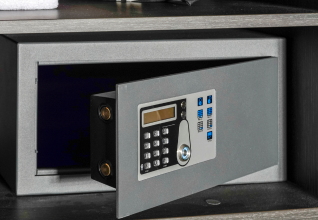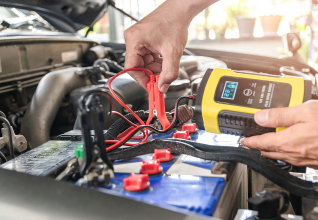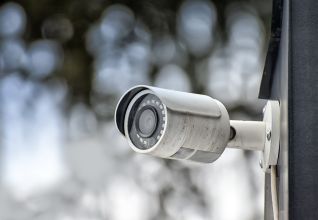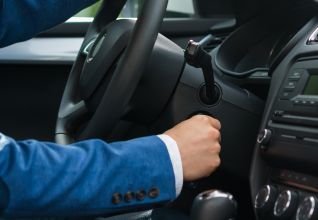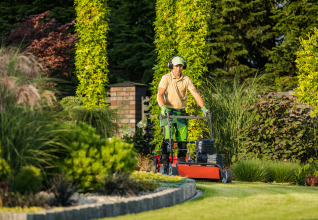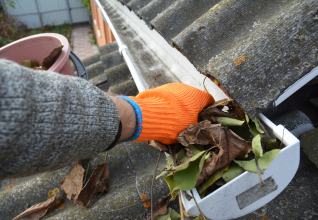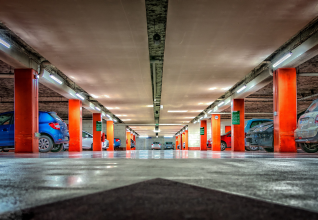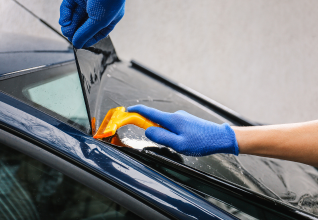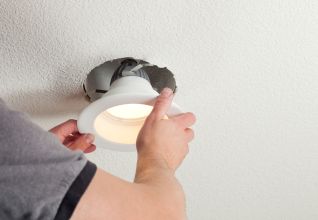Regarding homeownership, one of the essential aspects to consider is the cost of rebuilding a house in Ireland. Whether planning to build a new house from scratch or renovate an existing one, understanding the expenses involved is crucial. This comprehensive guide delves into the factors affecting the cost of rebuilding a house in Ireland and provides valuable insights and information.
Understanding the Basics
Before we dive into the specifics, let’s start with the basics. Rebuilding a house refers to constructing or reconstructing a residential property. This can involve various elements, such as demolishing an existing structure, designing a new layout, obtaining permits, hiring contractors, and purchasing construction materials.
Factors that Influence the Cost
The cost of rebuilding a house in Ireland depends on several factors, including:
Location
The geographical location plays a significant role in determining the cost of rebuilding a house. Different areas in Ireland may have varying construction costs, labour charges, and material prices. Additionally, factors like accessibility and availability of utilities can impact the overall expenses.
Size and Layout
The size and layout of the house are critical considerations when estimating the rebuilding cost. A larger house with complex architectural features and intricate designs will require more materials, labour, and time, resulting in higher expenses.
Quality of Materials
The quality of materials used for construction can significantly affect the cost. Opting for high-end, durable materials will undoubtedly increase the expenses. On the other hand, choosing more affordable options can help reduce costs, but it may compromise the overall quality and longevity of the house.
Scope of Work
The scope of work involved in rebuilding a house can vary significantly. It includes demolishing the existing structure, foundation work, plumbing, electrical wiring, insulation, roofing, flooring, and finishing touches. The more extensive the scope of work, the higher the cost.
Estimating the Cost
Now that we’ve explored the key factors let’s delve into estimating the cost to rebuild a house in Ireland. Please note that the following figures are rough estimates and can vary based on the abovementioned factors.
Demolition and Site Preparation
Before construction begins, the existing structure needs to be demolished and the site prepared. The cost for demolition and site preparation can range from €5,000 to €15,000, depending on the size and complexity of the project.
Construction Materials
The cost of construction materials will vary based on the project’s quality, quantity, and specific requirements. The materials can account for approximately 40% to 60% of the total cost. As an estimate, you can expect to spend around €70,000 to €150,000 on materials.
Labour Charges
Labour charges for rebuilding a house are typically calculated based on the property’s square footage. The average labour cost in Ireland ranges from €100 to €150 per square foot. For example, if you have a 2,000-square-foot house, you can expect labour charges of approximately €200,000 to €300,000.
Additional Costs
In addition to the primary expenses, there are other costs, such as permits and fees, architectural and engineering services, plumbing and electrical work, heating and cooling systems, insulation, roofing, flooring, and interior finishes. These additional costs can vary significantly based on the complexity and customisation of your project. Setting aside an additional 20% to 30% of the total construction cost is advisable to account for these expenses.
FAQs
What is the average cost of rebuilding a house in Ireland?
The average cost to rebuild a house in Ireland can range from €200,000 to €500,000 or more, depending on various factors such as location, size, quality of materials, and scope of work.
Can I save money by renovating instead of rebuilding?
In some cases, renovating an existing house can be more cost-effective than rebuilding it from scratch. However, it depends on the condition of the current structure, your renovation goals, and the extent of the required upgrades.
Are any grants or financial assistance available to rebuild a house in Ireland?
Various grants and financial assistance programs are available in Ireland for house rebuilding and renovations. These programs aim to support homeowners in improving their properties’ quality and energy efficiency. You can explore options like the Home Renovation Incentive (HRI) Scheme and Sustainable Energy Authority of Ireland (SEAI) grants.
How long does it take to rebuild a house in Ireland?
The duration of a house rebuilding project can vary based on its size, complexity, and unforeseen circumstances. On average, it can take anywhere from 6 months to over a year to complete the construction process.
Can I hire a project manager to oversee the house rebuilding process?
Hiring a project manager can be beneficial, especially for large-scale projects. A project manager will coordinate with contractors, handle permits and paperwork, manage timelines, and ensure the construction process runs smoothly.
Key Takeaway
Rebuilding a house in Ireland is a significant undertaking that requires careful planning, budgeting, and understanding of the associated costs. By considering factors like location, size, materials, and scope of work, you can estimate the cost more accurately. Remember to explore grants and financial assistance options and consult professionals when needed. You can successfully rebuild your dream home in Ireland with proper research and preparation.




